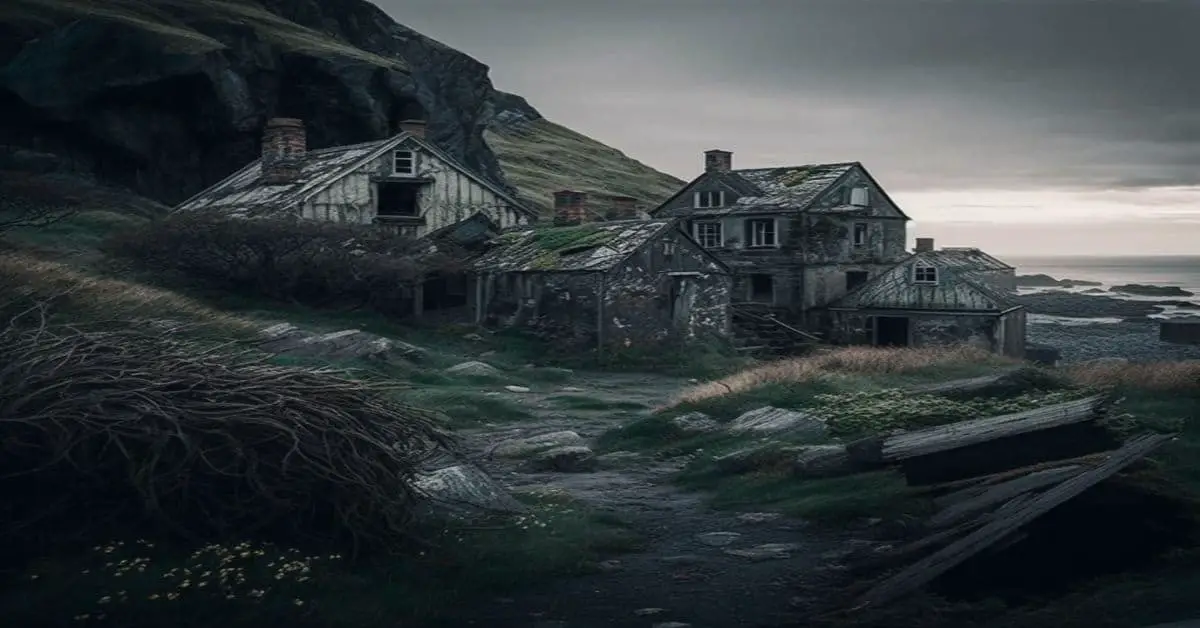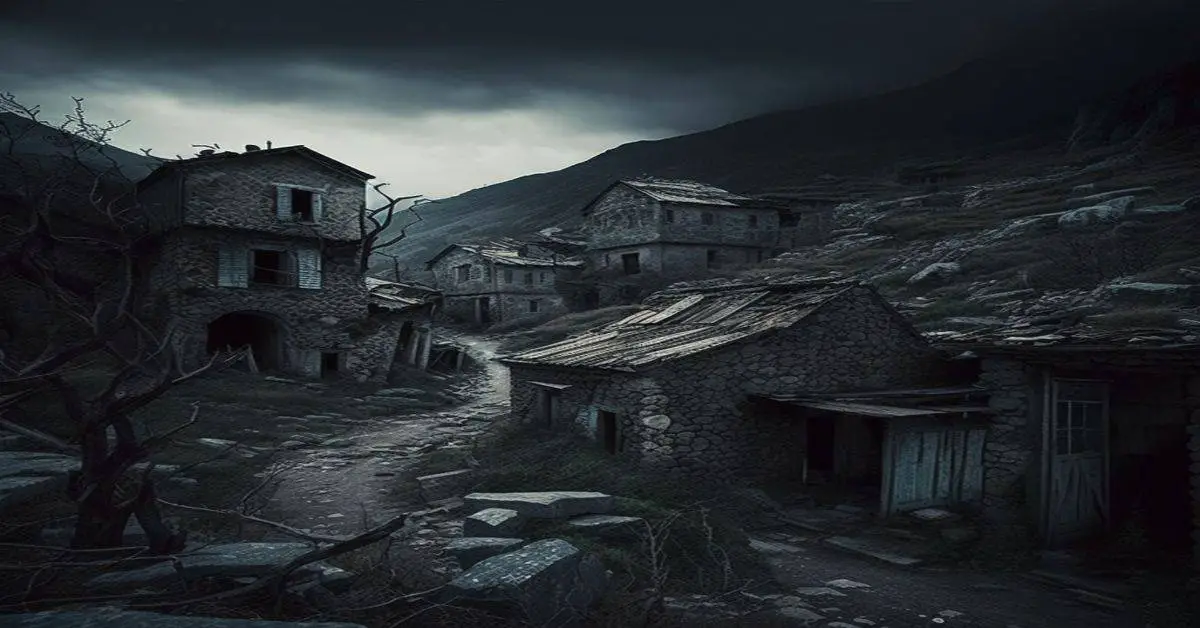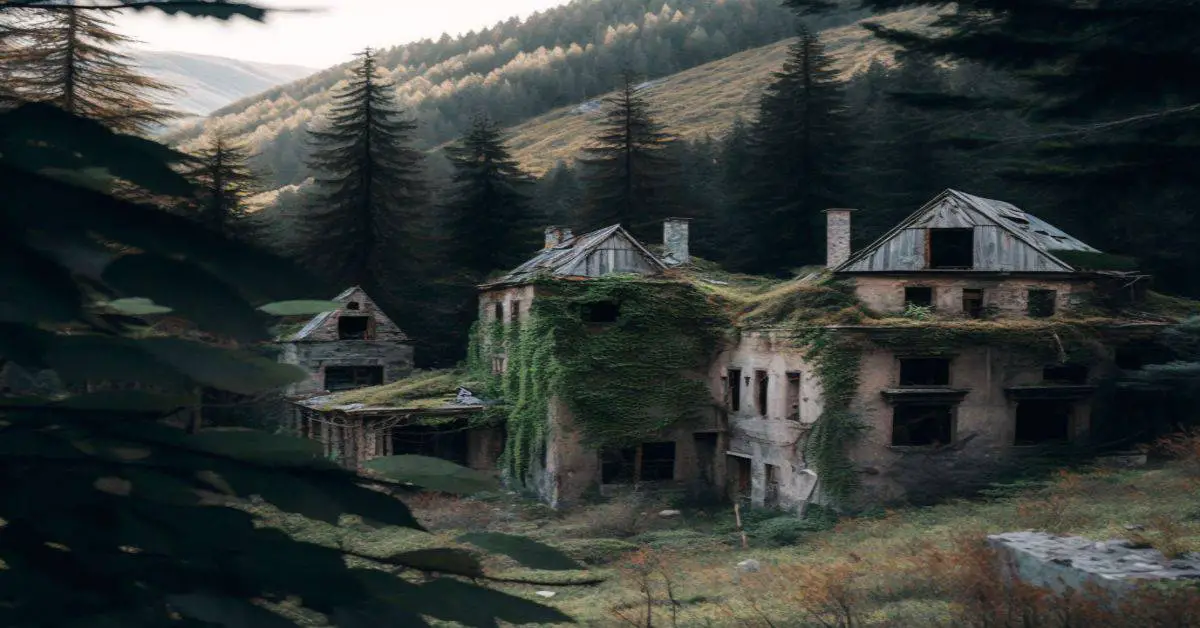Nestled in the rugged terrain of Malhuer County, Oregon, lies the hidden gem of Leslie Gulch. This stunning destination is a testament to the natural beauty found in remote locations, far from the hustle and bustle of urban life.
Named after a local rancher who was struck by lightning in 1882, Leslie Gulch was once a thriving community of ranchers who were inspired by the area’s pristine landscape.
Today, Leslie Gulch is a must-visit destination for nature enthusiasts seeking to explore the unspoiled wilderness of Oregon. The area boasts several preserved ranch houses, which serve as a reminder of the town’s past, and offer a glimpse into the lives of the pioneers who once called this place home.
With its mild climate, picturesque landscape, and 2WD gravel and dirt roads that lead to this remote location, Leslie Gulch is a perfect destination for those seeking adventure, exploration, and relaxation in equal measure.
So, whether you’re a seasoned traveler or a first-time visitor to the area, Leslie Gulch is a destination that is sure to captivate your senses and leave you with a deep appreciation for the natural beauty of Oregon.
Key Takeaways
- Leslie Gulch is a former ranching community in Malheur County, Oregon, known for its rugged terrain and stunning rock formations.
- Visitors can enjoy a mild climate and 2WD gravel and dirt roads, making it perfect for adventure seekers.
- The area is home to various local wildlife, including bighorn sheep, golden eagles, and pronghorn antelopes, and spring is vibrant with wildflowers and migratory birds.
- Visitors should exercise caution and carry enough water and snacks, as services are limited and cell phone service is limited.
Location and History
Located in Malhuer County, Leslie Gulch is a former ranching community in eastern Oregon that was abandoned by many due to its extreme remoteness. However, despite being a ghost town, Leslie Gulch is still a popular destination for visitors exploring the geological formations and local wildlife.
The area is known for its stunning rock formations created by volcanic activity millions of years ago. Visitors can witness towering cliffs and hoodoos carved out by the wind and rain over time.
In addition to its geological wonders, Leslie Gulch is also home to various local wildlife. Visitors can spot bighorn sheep, golden eagles, and pronghorn antelopes, among other creatures. The mild climate of the area makes it an ideal place to visit in the spring and fall, when the weather is comfortable and the wildlife is most active.
With its unique geological formations and diverse wildlife, Leslie Gulch is a must-visit destination for anyone traveling through eastern Oregon.
Getting There and Accessibility
Accessing Leslie Gulch requires traveling along a gravel and dirt road for approximately 20 miles after turning off I-95 in Idaho and crossing over the Oregon state line.
The road to Leslie Gulch is accessible by a 2WD vehicle, but it’s important to note that the road is not paved, and it may be challenging to navigate during inclement weather. The road is well-maintained, and visitors can expect to encounter some potholes and bumps along the way.
Visitors should exercise caution when driving to Leslie Gulch and check weather conditions before embarking on the journey. It’s advisable to bring a map or GPS as cell phone service is limited in the area. Visitors should also carry enough water and snacks as services are limited.
Despite the unpaved road conditions, the stunning natural beauty of Leslie Gulch makes the journey well worth it.
Best Time to Visit
The optimal period to plan a trip to Leslie Gulch is during the spring, summer, or fall months due to the mild weather conditions. During the spring, the area comes to life with vibrant wildflowers and migratory birds. This is a perfect time to enjoy hiking, birdwatching, and photography. The temperatures are comfortable, and the crowds are still relatively small compared to the peak summer months.
In the fall, the landscape transforms into a beautiful display of colors, with golden aspens and cottonwoods painting the hillsides. This is a great time to take scenic drives or hikes to admire the fall foliage. The weather is cooler, but still pleasant enough to enjoy outdoor activities. With fewer visitors than in the summer, it’s an ideal time to experience the tranquility and natural beauty of Leslie Gulch.
Regardless of the season, visitors will find something to appreciate in this stunning eastern Oregon destination.
Frequently Asked Questions
What type of wildlife can be found in Leslie Gulch?
Leslie Gulch is home to a diverse range of wildlife, including golden eagles, pronghorns, and bighorn sheep. Bird watching opportunities are abundant, with over 100 species recorded. The unique geological formations provide a stunning backdrop for observing nature.
Are there any hiking trails in the area?
Hiking trails are available in the Leslie Gulch area, with varying difficulty levels. The best season to visit for hiking is spring through fall, with mild temperatures and clear skies.
Is camping allowed in Leslie Gulch?
Camping regulations in Leslie Gulch permit dispersed camping on public lands with certain restrictions. There are no established campgrounds, but visitors can enjoy primitive camping near the preserved ranch houses. Best areas for camping include Slocum Creek and the area around Flatiron Rock.
What activities are available in the surrounding area?
The surrounding area of Leslie Gulch offers ample opportunities for outdoor recreation, such as hiking, fishing, and wildlife watching. Local dining options are limited, but the nearby town of Jordan Valley has a few restaurants and cafes.
Are there any local events or festivals held in Leslie Gulch throughout the year?
Local community involvement is evident in Leslie Gulch’s annual Easter sunrise service and the nearby town of Jordan Valley’s annual Basque Festival, honoring the area’s cultural significance. Both events draw visitors and locals alike.


